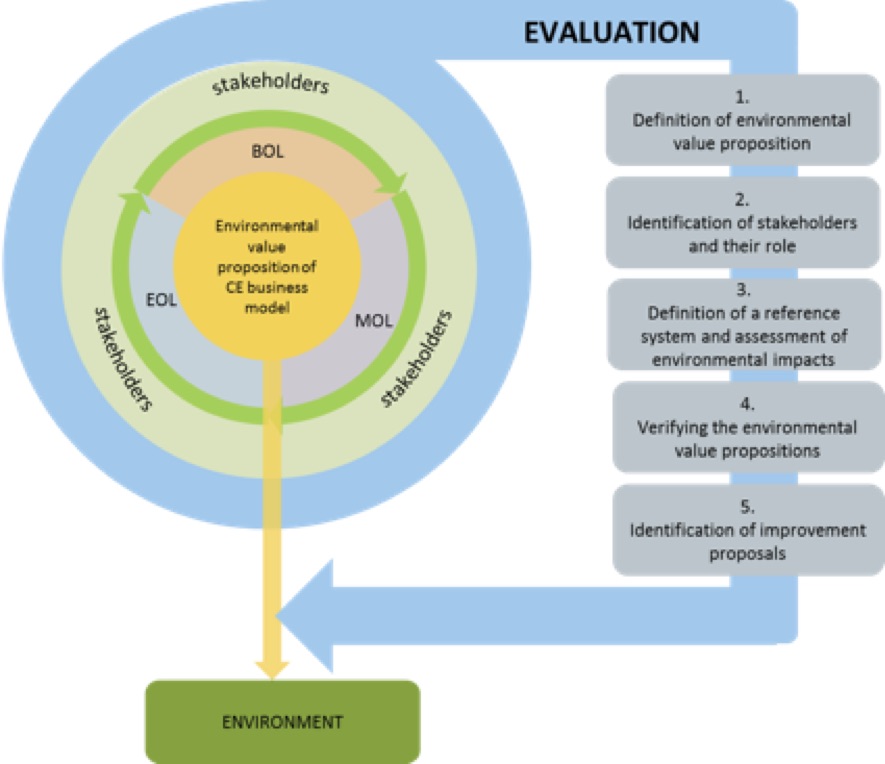How could the biggest sugar refiner in the UK become the biggest tomato grower as well?
Over the past three decades, British Sugar has systematically identified ways to turn waste streams and emissions from their sugar production processes into useful and positive inputs to new product lines. Their main business is still sugar, but the business model has evolved to offer a broad range of additional profitable product lines, including animal feed, electricity, tomatoes, and bioethanol.
The article “From refining sugar to growing tomatoes” describes the business model innovations British Sugar has pursued over time, ways in which it achieved these innovations, and the sizes of these innovative opportunities. The innovative examples seek to inspire companies to also find ways to transform ‘waste’ into a valuable resource for new business lines.
The full article, which is part of a special issue in the Journal of Industrial Ecology on “Industrial Ecology as a Source of Competitive Advantage” is available here.
About the special issue on “Industrial Ecology as a Source of Competitive Advantage
Industrial ecology has contributed important innovations to the pursuit of sustainability in business. Life cycle assessment and the use of life cycle thinking more broadly, industrial symbiosis and the exchange of resources among neighboring factories, loop-closing, material flow analysis, design for environment are innovations with the potential to reduce environmental impacts and to generate financial benefits for companies. Yet the case that these intriguing approaches actually contribute to corporate competitive advantage has not been made.
In “Industrial Ecology as a Source of Competitive Advantage,” a special feature of the new issue of the Journal of Industrial Ecology, cutting edge research is presented on how, when and why the use of industrial ecology by business can lead to cost savings, enhanced profits and a variety of more intangible business benefits.
Some highlights from the issue include:
- Johnathan DiMuro and colleagues from the Dow Chemical Company use replacement cost methodology and life cycle assessment (LCA) to systematically document the financial and environmental benefits of a constructed wetland at a Union Carbide Corp. plant in Texas.
- Christoph Meinrenken and colleagues from Columbia University and Pepisco present a tool that uses data mining and machine learning to rapidly generate product carbon footprints (PCFs) for PepsiCo and combine them with business key performance indicators on a routine basis in its strategy and business planning.
- Mark Finster and Michael Hernke of the University of Wisconsin develop a typology of strategic benefits related to competitive advantage that are enabled by industrial ecology concepts and methods, drawing on examples from Grohe, Interface, Maersk, Nestlé, Procter & Gamble, and Unilever.
- Samuel Short, Nancy Bocken and Claire Barlow from Cambridge University and Marian Chertow from Yale University explore the relationship between industrial ecology and business model innovation through a case study of British Sugar, the UK’s largest sugar producer.
- Connie Hensler of Interface tracks the 20-year evolution of Interface’s use of LCA as a tool guiding the company toward more-sustainable practices in carpet manufacturing.
- Mona ManYu Yang and colleagues of AU Optonics present a case study of how AU Optronics Corp., a global leader in thin-film-transistor liquid-crystal displays, differentiated itself from its peers and competitors by implementing IE approaches, most notably carbon footprint (CF) management and dematerialization.
- Joo Young Park and Hung-Suck Park present a case study of an industrial symbiosis involving a municipal waste-to-energy incinerator and the Hyosung chemical company in South Korea showing economic and environmental benefits of the project as well as an assessment of the competitive advantages for the participants.
Articles will be freely available online for a limited time.
The Journal of Industrial Ecology is a bimonthly peer-reviewed scientific journal, owned by Yale University, published by Wiley-Blackwell and headquartered at the Yale University School of Forestry & Environmental Studies.

